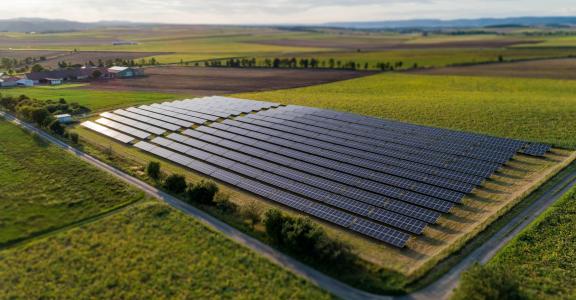3E is an international consultancy and software services provider specialised in optimising the performance of sustainable energy systems. It offers a platform for monitoring wind turbines and photovoltaic (PV) plants.
Photovoltaic plants don’t always produce their maximum power, not only because of weather conditions but also due to other types of losses. These losses are caused by a soil or dirt, vegetation throwing a shade on top of the panel, or a low-standing sun shining in between the panels and causing inter-array shading. To optimize the power production of PV plants, 3E wants to identify these effects in an early stage and quantify the production losses.
AI and data-driven solution
In order to detect and quantify the loss due to inter-array shading, researchers of Sirris’s EluciDATALab considered data for one PV plant with 12 inverters installed over a period of two years. This period guarantees seasonal effects are taken into account. The amount of irradiation and power produced were measured by on-site sensors and satellites. Some measurements inevitably have a certain level of noise.
In a first step, the methodology calculates the maximum produced power per individual inverter over a grid of azimuth (the horizontal direction of the sun in the sky) and elevation values. In a second step, the methodology scales these calculations with the maximum power found in the fleet of inverters of the chosen PV plant.
In order to use this methodology, two important assumptions have to be made. Firstly, for every inverter and every position of the sun, there is at least one moment in time that the inverter experiences normal production. Because they consider the maximum power produced per inverter for each position of the sun, this ensures the observed structural losses are due to shading, not suboptimal weather or failures. Secondly, at every moment in the selected time period, there is at least one inverter that does not experience shading. Because the maximum observed power of the individual inverter is divided by the maximum power found in the fleet, at least one inverter is needed that was non-shaded, in order to be able to detect shading in other inverters.




